Custom Printing - Artwork Requirements Part 2
And we're back! I just knew you couldn't wait for the riveting conclusion to our discussion. Part 2 deals with images and a touch of color.
Let's start by discussing image resolution. The optimum resolution for all files is 300 dpi or 600 dpi for line art or text. Even if your job contains black and white images, they should be saved as grayscale at 300 dpi. All images should be included at 100% scale (of the print size) and must be submitted in uncompressed TIFF format without layers (flattened). They must all be converted to CMYK colors. Remember, a higher quality image resolution does not always result in better print quality. Excessive image resolutions (beyond 300 dpi) will only dramatically increase your file size and, in most cases, will not improve the print quality. Additionally, it may require extra time to upload larger files.
When using digital camera images, it is important to start with a good image.
A good print starts with a high-quality image. One that merely looks good onscreen is not enough. Before using images from a digital camera, make sure the camera is set at high resolution to result in 300 dpi at the intended photo print size. Most cameras have various settings for resolutions. The highest resolution for your camera depends on how many megapixels it has. You can't increase the resolution of a photo after it's taken, except by reducing its dimensions.
Maximum Print Size Minimum Image Resolution
3.5 x 2 1050p x 600p
4 x 6 1200p x 1800p
5 x 7 1500p x 2100p
8.5 x 11 2550p x 3300p
Even if your image is high resolution, you'll still need to save it in the correct file format. TIFF is always safe - use TIFF whenever possible. Don't use LZW compression or any other type of compression offered by your software. JPEG format may also be used but it is hard to produce without quality reducing file compression. RGB colors are used by most digital cameras and must be converted to CMYK colors. As I discussed in a previous blog, the color printing process only uses CMYK and RGB colors converted automatically in digital prepress may have unexpected results. OEX cannot be responsible for undesirable colors stemming from residual RGB images.
Last but not least in our images discussion is the subject of Internet images. We receive a lot of art files with images that have obviously been clipped from the Internet and clients don't understand why we say they won't work well. Images found on the Internet are typically at a resolution of 72 dpi in addition to being RGB. This resolution is much too low for quality printing and will produce very poor results. We will always inform you of this and it is your choice to use them as is or provide us with a better quality image. You are also taking a risk by using images without permission that may be copyrighted.
Let's take our last few minutes to discuss black. Yes, I said black. Contrary to popular belief, there isn't just one shade of black. In 4 color process printing, large areas of black can appear thin or washed out due to only one layer of ink being put down. To compensate for this, "rich black" should be used for large black solids. OEX specifies a formula of 40% cyan, 30% magenta, 20% yellow and 100% black to produce a neutral rich black.
Black type is another matter. To assure clean appearing black text, type less than 36 points high should be sent as black only (100% k) with no other color mixed in. Even for typefaces over 36 points, rich black should only be used where the face is bold or blocky. Type to print in colors other than black does not have any special requirements.
And so ends Part 2. I hope these discussions have been helpful and, as always, please don't hesitate to call us if you have questions. We're here to help!


